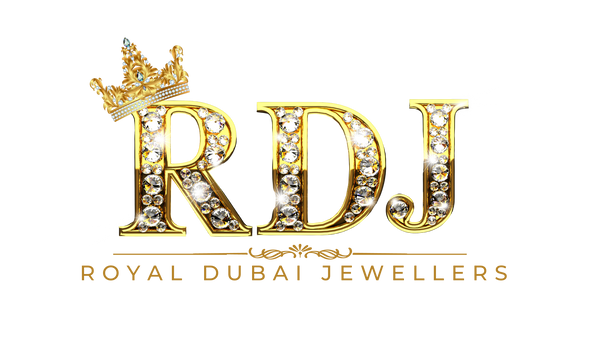The use of gemstones and precious metals in Middle Eastern jewelry and their symbolism
Share
Gemstones and precious metals have been used in Middle Eastern jewelry for centuries, and they hold significant symbolism and cultural value. In this article, we will explore the use of gemstones and precious metals in Middle Eastern jewelry and their symbolism.
Precious Metals
Gold is one of the most commonly used metals in Middle Eastern jewelry. It is highly valued for its beauty and rarity, and it is often associated with wealth and prosperity. In many Middle Eastern cultures, gold jewelry is a symbol of status and prestige.
Silver is also commonly used in Middle Eastern jewelry. It is often used to create intricate filigree work and other delicate designs. Silver jewelry is sometimes considered to be more understated and traditional than gold jewelry.
Gemstones
Gemstones are an integral part of Middle Eastern jewelry. They are often chosen for their beauty, but they also hold significant cultural and religious symbolism. Here are some of the most commonly used gemstones in Middle Eastern jewelry:
-
Turquoise - Turquoise is a popular gemstone in Middle Eastern jewelry. It is often used to create intricate mosaic designs and is associated with protection and good luck.
-
Coral - Coral is another commonly used gemstone in Middle Eastern jewelry. It is often used to create bold, colorful pieces and is associated with protection and good fortune.
-
Emerald - Emeralds are highly valued in Middle Eastern culture for their beauty and rarity. They are often associated with power, wealth, and prestige.
-
Ruby - Rubies are also highly valued in Middle Eastern culture. They are often associated with passion and love and are believed to bring good luck and protection.
-
Sapphire - Sapphires are commonly used in Middle Eastern jewelry. They are often associated with wisdom and truth and are believed to bring protection and good fortune.
Symbolism
The use of gemstones and precious metals in Middle Eastern jewelry is often symbolic. For example, the hamsa hand, a popular symbol in Middle Eastern jewelry, is often decorated with gemstones such as turquoise and coral. The gemstones are believed to enhance the protective properties of the hamsa hand.
Similarly, the Star of David, another popular symbol in Middle Eastern jewelry, is often decorated with gemstones such as sapphires and rubies. The gemstones are believed to enhance the spiritual power of the symbol.
In conclusion, gemstones and precious metals have significant cultural and religious symbolism in Middle Eastern jewelry. They are often chosen for their beauty and rarity, but they also hold deeper meaning and value. The use of these materials in Middle Eastern jewelry continues to be an important aspect of the region's culture and history.
